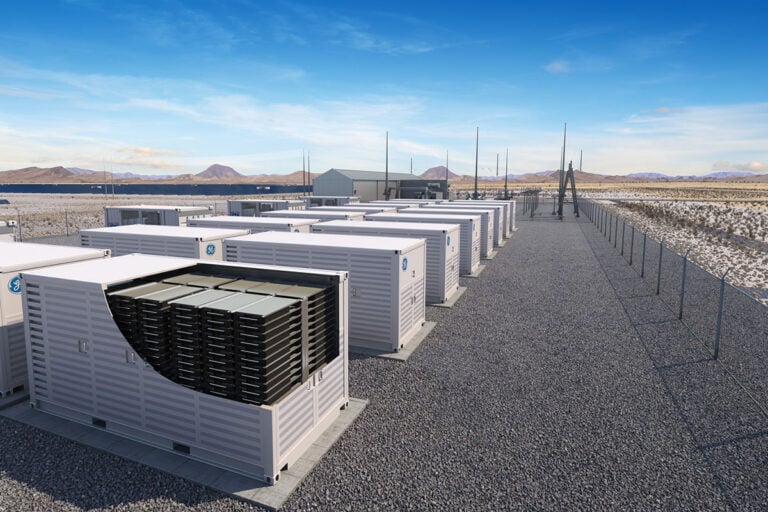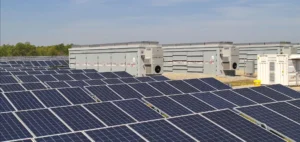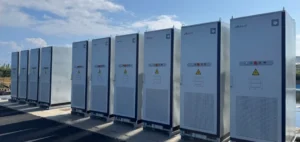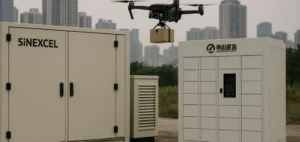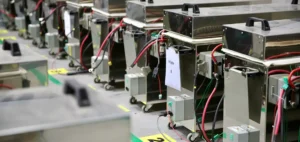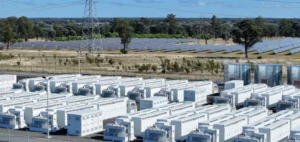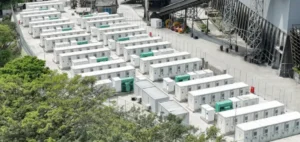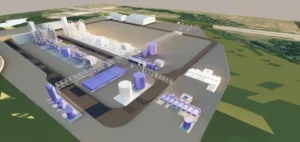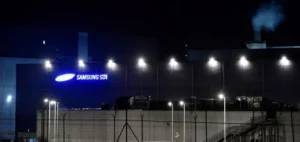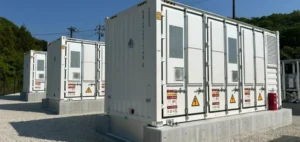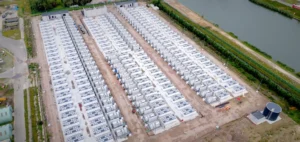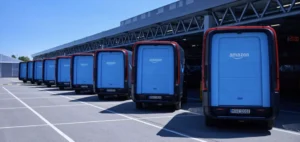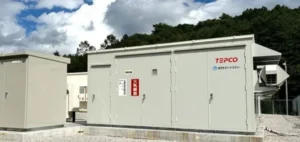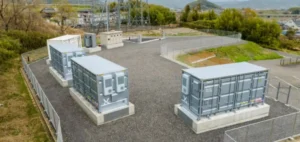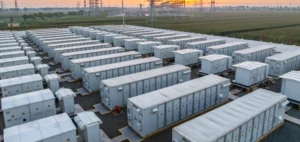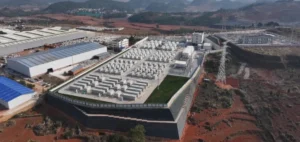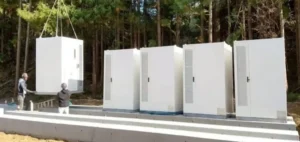The US energy landscape is on the cusp of a major transformation. By 2024, battery storage is forecast to reach a record 8.6 GW, representing a substantial share of the 40.6 GW of additional capacity planned for the sector, including wind, solar and batteries. Shayne Willette, senior analyst at S&P Global, underlines this trend, noting that, as with solar, batteries will also see a record year in terms of installations. This development is largely due to the growing integration of renewable energies into the grid and increasingly stringent emissions standards, accentuating the vital role of batteries in improving grid reliability.
The Main Actors: California and Texas
The regional breakdown of new battery storage capacity shows a clear dominance by California and Texas. Together, these two states are expected to account for around 5 GW of the 8.6 GW added, with each installing nearly 2.5 GW in 2024. Other major markets include the Northwest Power Pool and Desert Southwest, contributing 1.2 GW and 0.75 GW respectively. ERCOT, which manages around 90% of Texas’ electrical load, forecasts a 157% increase in battery storage capacity, reaching 12.6 GW by 2024. California currently leads the USA in terms of battery storage capacity with 6,821 GW, followed by Texas with 2,972 GW.
Impacts of the Inflation Reduction Act
The passage of the Inflation Reduction Act (IRA) marked a significant change for the battery storage sector. Before the IRA, batteries only qualified for federal tax credits if they were located alongside solar systems. However, with the IRA, stand-alone battery systems are now eligible for the investment tax credit, which has significantly improved the economics of the technology. At the same time, the capital costs of battery systems continue to fall, making this technology even more economically attractive.
Records and future prospects
Energy storage facilities in the USA set a new record, with the largest capacity ever installed in a single quarter, amounting to 7,322 GWh operational in the third quarter of 2023. Frank Macchiarola, Director of Policy at American Clean Power, highlights the dramatic growth in energy storage deployment, asserting that it will be essential to the future energy mix. With another quarterly record, energy storage is increasingly establishing itself as the technology of choice for boosting American reliability and energy security. This sector will become the backbone of our modern network. Building a strong domestic supply chain and changing market rules could further accelerate the deployment of storage resources.
The year 2024 promises to be a pivotal moment in US energy history, with battery storage playing a central role in the transition to a more sustainable and reliable grid. This development, supported by favorable policies and growing demand for sustainable energy solutions, is paving the way for a new era in renewable energy management. With states like California and Texas leading the way, and policies like the IRA supporting expansion, battery storage is well positioned to redefine the American energy landscape.


